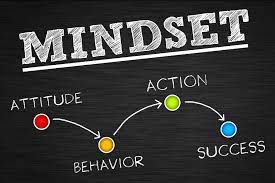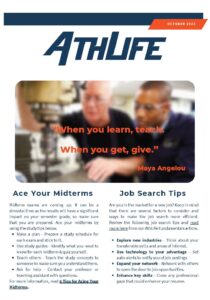Lifelete Fundamentals
August 5, 2015
This is part three of a four part series based on the 2015 Bloomberg Recruiter Report that reveals the top skills recruiters seek and cannot find. Week one covered leadership, week two covered communication, and this week we will cover creative problem solving.
What if you could improve your marketability just by introducing a new, simple methodology to how you do your job everyday – specifically how you solve problems? Follow the systematic approach outlined below to learn creative problem solving skills to improve your performance in the workplace.
All problems have two common features, goals and barriers. It is a fairly simple concept; without a barrier you do not have a problem. While brainstorming is a part of the process, some of the most famous creative minds the world has ever known like, Leonardo di Vinci, Albert Einstein and Thomas Edison, took a systematic approach to solving problems. A key component to creative problem solving is honing in on the obstacles in your way.
The ability to overcome obstacles requires a systematic approach, setting a plan to action to achieve your desired objective. Innovation Management cites seven steps in their explanation of the “Creative Problem Solving” model.
- Clarify and identify the problem
- Research the problem
- Formulate creative challenges
- Generate ideas
- Combine and evaluate the ideas
- Draw up an action plan
- Do it! (Implement the ideas)
Why is problem solving such an important skill in the workplace and in life? Why is it in such high demand? Employees themselves are hopefully “solved problems”, fulfilling their job description duties and more. Additionally, the employee is called upon to fix issues and not create them. An employee that is able to present creative solutions to complex problems creates tremendous value for the employer and makes himself indispensible. When it comes down to it, businesses and relationships fail for the lack of being able to solve complex problems.
“The measure of success is not whether you have a tough problem to deal with, but
whether it is the same problem you had last year.”
John Foster Dulles, Former US Secretary of State
Being able to articulate creative problem solving as a skill is essential, particularly for job seekers. SOAR an acronym for situation, obstacle, action and result; offers a memorable way to present accomplishments, which are – solved problems.
To see improvement, creative problem solving skills like most skills, require repetition and practice. Build your creative muscle and practice a new problem solving approach, – your work, business or relationships might see some noticeable improvements.



